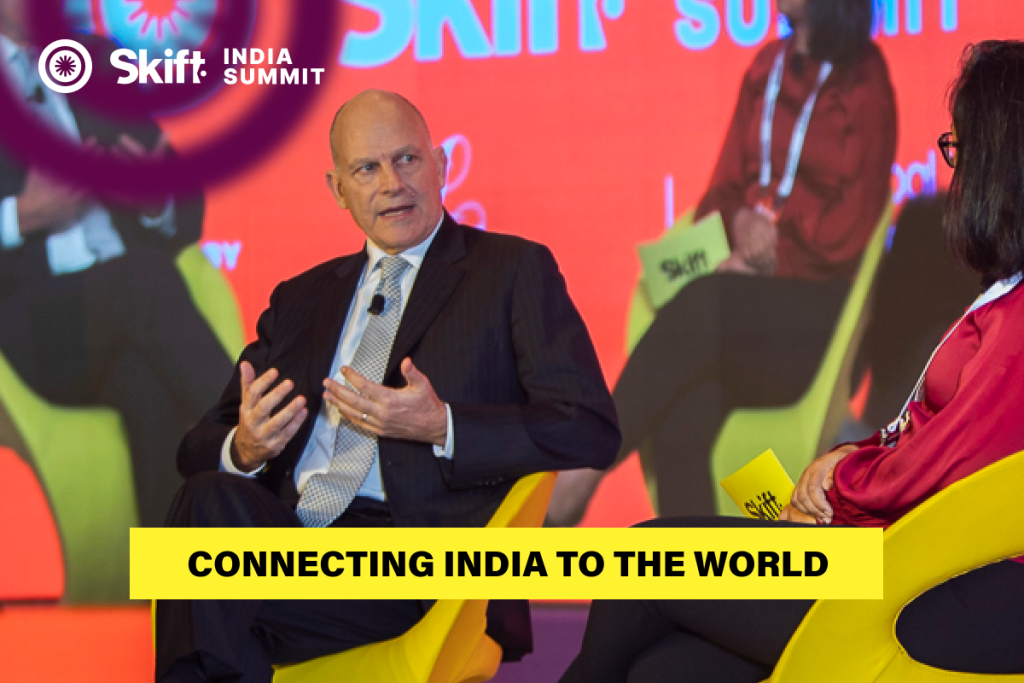Air India CEO, Campbell Wilson, has undertaken a massive project to completely overhaul the 92-year-old flag carrier after years of underinvestment by the Indian government. The airline was in a state of disrepair, with employees using a dated email system and the average age of employees being 54 years old. However, Wilson has a vision to bring Air India to a top-tier world-class airline, similar to his previous employer, Singapore Airlines. The transformation plan, known as “Vihaan.AI,” has already seen the hiring of 5,000 new employees and the average employee age reduced to 35.
Wilson envisions a seamless merger between Air India and Vistara, with the Air India brand, recognized globally, playing a prominent role in the new entity. Despite being a 92-year-old airline, Wilson describes Air India as almost like a start-up due to decades of underinvestment, particularly in IT infrastructure. The transformation has seen a complete overhaul of systems, processes, and personnel, with a focus on bringing the airline up to modern standards and capabilities.
Air India is undergoing a period of rapid growth, with a new aircraft being added to the fleet every 6 days. This growth is part of Wilson’s strategy to give Air India a competitive advantage over other airlines eyeing the Indian market. Wilson believes Air India has a unique opportunity to connect India non-stop to key destinations around the world, offering a faster and more convenient travel option. He also envisions multiple hubs in India, leveraging the country’s diverse market and vast potential.
While operating as a low-cost carrier on domestic routes, Air India sees more opportunities in international flying, particularly in the medium- and long-haul segments that have been underserved by Indian carriers in the past. The airline has placed historic orders for 470 aircraft to cater to this growing market demand. In addition to fleet expansion, Air India has hired around 5,000 new employees in the past 18 months, with a focus on integrating systems, training personnel, and changing the organizational culture to be more performance-oriented.
The Maharajah, Air India’s iconic mascot, still has a place in the future of the airline, according to Wilson. He sees the Maharajah as a symbol of service, culture, and hospitality that will be preserved in the new Air India. The name and image of the Maharajah may be used in various applications to denote class and reflect the airline’s ethos. Overall, Wilson is confident that Air India’s transformation plan will lead to a new era for the airline, positioning it as a top-tier carrier in the global aviation industry.


